Similar Posts
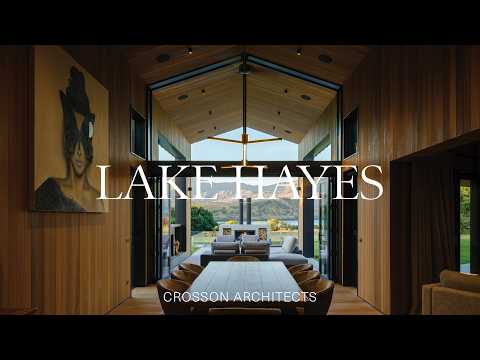
Why This Modern House Is the Perfect Escape From Modern Life (House Tour)
Set on the tranquil shores of Lake Hayes, this modern house demonstrates how architecture can restore…
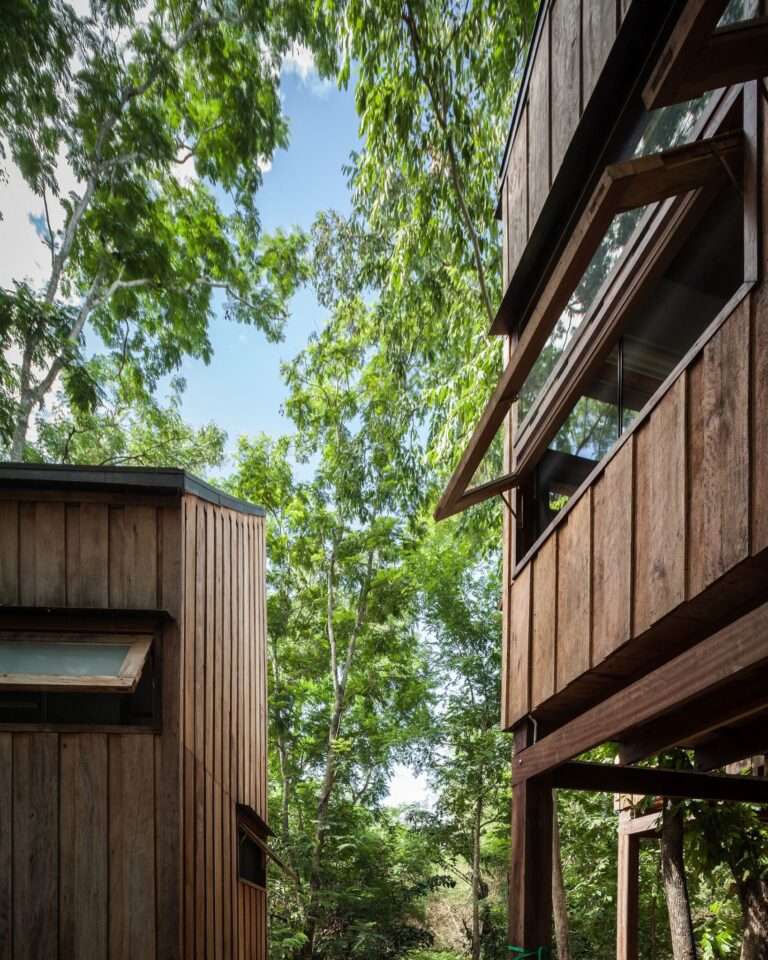
Thai Home is a Relaxing Abode Covered by Forest Canopy
It is one thing to go to relaxing, natural escape that takes you into the heart of a tropical jungle for an unforgettable vacation. It is a completely different experience when you bring home that tropical goodness and turn your own backyard into a stunning ‘forest’ of sorts. Designed by Studio Miti for those who […]
You’re reading Thai Home is a Relaxing Abode Covered by Forest Canopy, originally posted on Decoist. If you enjoyed this post, be sure to follow Decoist on Twitter, Facebook and Pinterest.
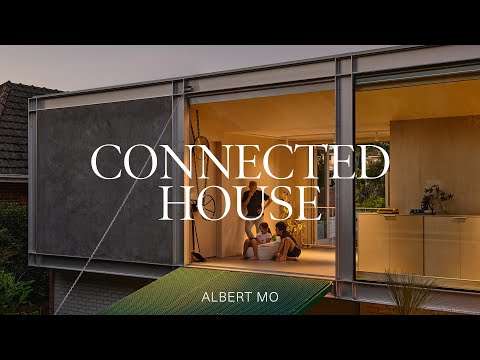
An Architects Own Family Home Designed to Feel Like a Tree House (House Tour)
Connected House presented a unique challenge for Albert Mo, unlike any other project he had done…
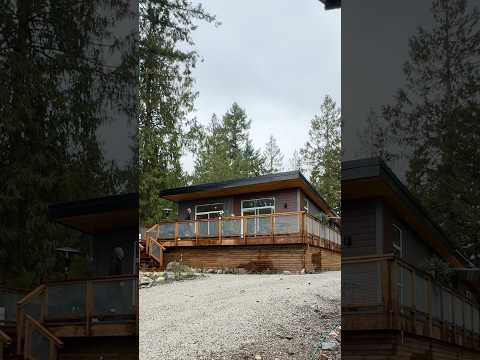
Inside an 1,100 square foot Prefab Home with a West Coast Look!
Touring an 1100 square foot prefab home with an ocean view. This custom modular was built…
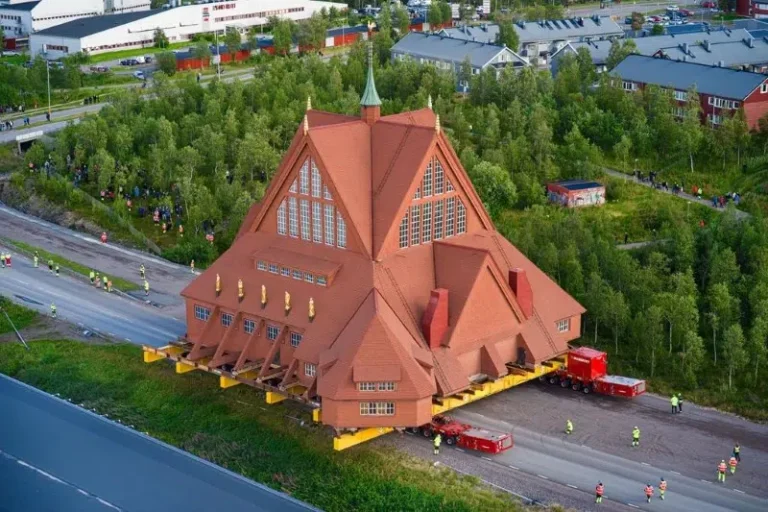
Sweden Moves a Special 113-Year-Old Wooden Church to a New Home Miles Away
Photo: Mammoet In many places, historic architecture is sacrificed when the urban landscape changes, but not…

Luxury London Pad: Get the Look Part 1
We recently had the pleasure of bringing you the latest Luxury London Pad we’ve designed end…